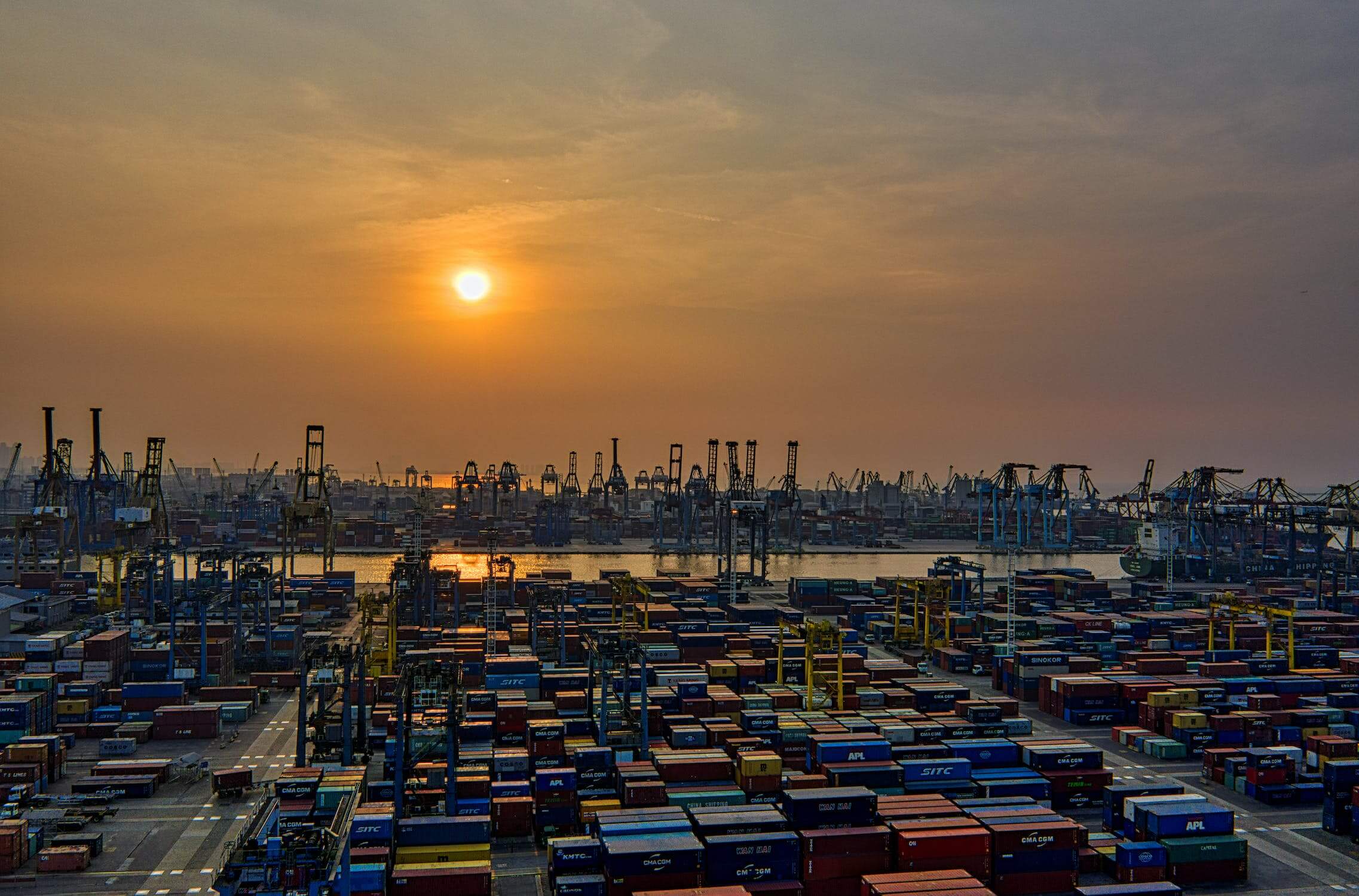China uses Mexico to evade United States tariffs
Photo: Pexels.
China is redirecting its exports to the United States through Mexico to circumvent tariffs imposed by the administration of former U.S. president Donald Trump, a tactic that persists under the current administration of president Joe Biden, according to trade data analysis presented by the British newspaper The Financial Times.
According to figures analyzed by Container Trades Statistics , shipments from China to Mexico in 20-foot containers increased from 689,000 in the first three quarters of 2022 to 881,000 in the same period of 2023. Last year, Mexico surpassed China as the leading exporter of goods to the United States.
The Biden administration, aiming to reduce dependence on supply chains dominated by geopolitical competitors like China, faces challenges with this strategy that allows Chinese products to enter the U.S. through Mexico without facing the same tariffs.
The Chinese automotive sector stands out as one of the beneficiaries, with Chinese companies sending spare parts worth $1.1 billion to the U.S. from Mexico in 2023, according to data from Mexico’s National Institute of Autoparts.
Despite tariffs imposed by the U.S. on direct imports from China, some products still reach the country via Mexico, posing challenges to the supply chain reorientation policies implemented by the Biden administration.
Gary Hufbauer of the Peterson Institute suggested that the current rules of the trade agreement between the U.S., Mexico, and Canada have been surpassed by China’s rise as an automotive power, enabling Chinese companies to avoid tariffs.
Although Mexico has announced tariffs ranging from 5 to 25 percent on products from countries like China, the effectiveness of these measures and their impact on imports remain unclear. U.S. Trade Representative Katherine Tai acknowledged the need to address these challenges and work on stricter regulations.
The situation highlights the paradox of the U.S.’ attempts to diversify supply chains with allied countries, while Chinese companies develop these same chains.

